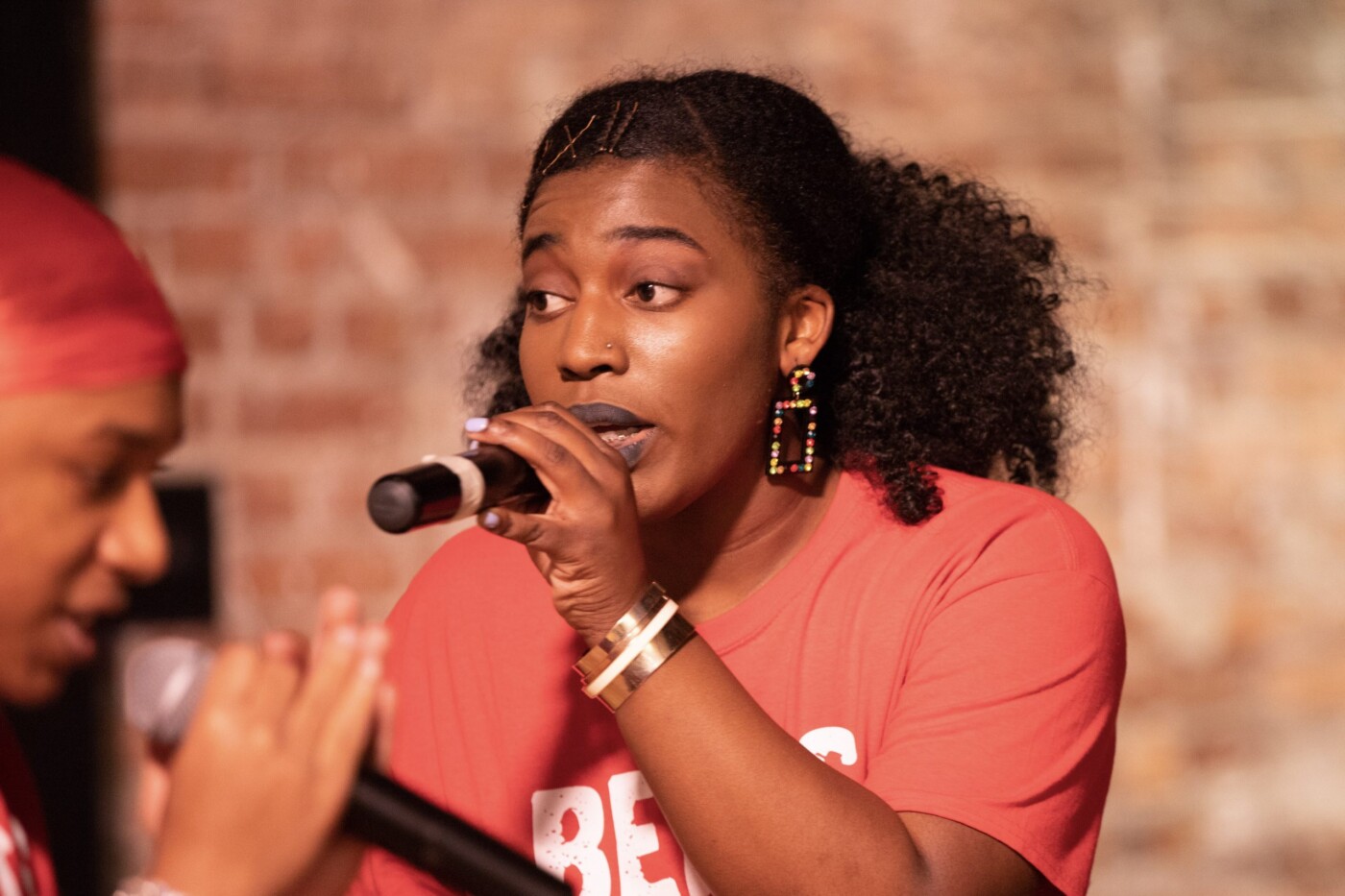There has been no shortage of trauma during the past year.
The physical and mental toll of the pandemic, battered sectors of the economy and, in the U.S., violent capitol insurrection have brought anguish to many people. And all this has highlighted the holes in a society that claims to value diversity, democracy and family.
In response, articles and discourse swirl online encouraging people to seek healing in the form of one-on-one therapy.
But while the traditional patient-therapist model is often useful in addressing trauma, it too has holes — this is especially true with regard to people of color.
A critical issue for many people of color is dealing with micro- and macro-aggressions related to their race, as well as often feeling like the only person of color in the room.
For Bay Area native Rob Jackson, the belief that therapy wouldn’t work for a mixed-race man like himself prevented him from seeking therapy until he was in his 30s, despite being the son of a psychiatrist.
“I didn’t grow up with violence in my home or violence around me in my community. With that said, I was still adverse to it,” he said. “I could relate to why there was a stigma around therapy, and why youth of color did not want to speak to a total stranger about what was going on in their lives and their families; that I don’t trust and I don’t feel safe, especially in a very sterile environment.”
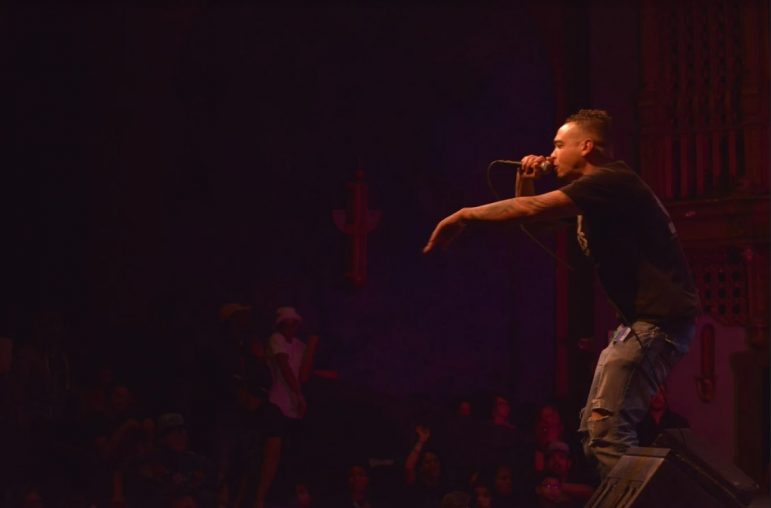
But Jackson was determined to provide a framework that could help people of color cope with trauma and other emotional issues. By the time he began going to a therapist himself, Jackson was already years into providing therapeutic services for youth who hadn’t been as fortunate.
Jackson has dedicated the last 17 years of his life to establishing and building the curriculum and community for what is now a nationally-recognized organization, Beats Rhymes and Life. The nonprofit offers a multifaceted framework for helping youth confirm and address their trauma through procuring, analyzing and, eventually, performing hip-hop music.
As with many other movements, it all began in the Bay Area. Starting as an onsite after-school program at Berkeley High School in 2004, Beats Rhymes and Life (BRL) officially registered as a 501(c)(3) in 2011, and by the next year was garnering awards and national coverage. To this day, Jackson says the organization is a “guinea pig” for this type of pedagogy and therapy model, and other major American cities have taken note.
Jackson grew up in Montclair, a decidedly affluent suburb of Oakland, and is quick to point to the stability and privilege of an upper-middle class, two-parent household with access to a backyard with plenty of trees and verdant spaces for his own peace of mind.
But like many Bay Area youth, no matter their heritage or socioeconomic status, he was a hip-hop head, bumping N.W.A. cassette tapes that spoke to poverty-adjacent trauma, police violence, and being Black in a country in denial of its racist foundations.
“A lot of young people don’t know how to advocate for themselves,” Jackson said, “so they gravitate to hip-hop because, whether you love it or you don’t, it’s a monumental force and it has an impact in everybody’s life, whether they know it or not.”
In terms of producing music, Jackson says that the sheer creative act and process of making your own sound elicits a feeling that’s undeniably exciting, and in its own way is a kind of therapy.
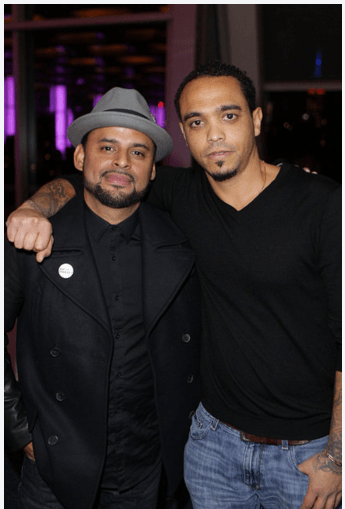
“It’s a really great feeling to be able to put something down, like write something to a beat, and then record that over microphone, and then have your voice mixed in a way that sounds really really cutting edge and cool,” he said. “Let’s go there. Like, let’s go to that feeling. And at the time, we had no idea that it would work. But it was very clear from the beginning that it was effective.”
Hip-hop would also be how Jackson met his BRL co-founder, Tomás Alvarez III, when they were in college at San Francisco State University.
Alvarez was pursuing a master’s degree in social work, and working with students at Berkeley High School. But, per Jackson, he wasn’t getting through to the kids. The traditional one-on-one concept and the language psychologists often employed weren’t accessible or relevant to teenagers who had grown up in less privileged areas, such as East Oakland. So in 2004, Alvarez pitched the high school on Hip-Hop Therapy, a small-group pilot program that took place just a couple hours a week, to see if they could reframe and demystify what therapy could look like — and what could be gained.
Today, Hip-Hop Therapy is the foundation of BRL’s multi-tiered approach to mentoring and healing local youth — a concept that grew over time as the creative therapy technique bore fruit. Soon, BRL was working with students at Oakland and Berkeley High Schools and Berkeley Technology Academy continuation school.
Most participants are high school age, and the various programs include lyric writing workshops, studio time, access to peer mentors and clinicians, and a culminating showcase performance.
In 2010, BRL’s Chief Operating Officer John Gill moved to the Bay Area from the South Bronx, New York to take the reins as the “architect” of the organization, bringing with him years of expertise in getting nonprofits up and running.
By 2011, BRL had expanded beyond Alameda County to work with schools and organizations in other parts of the Bay Area, including serving youth in foster care and juvenile detention centers as an official nonprofit organization. Jackson considers this a turning point.
“It became structured within modules: the hip-hop module, the self module and the community module. And so now all the curriculum goes within those themes,” he explained. “We work with a clinician and artists and a peer mentor to create music based on that young person’s life. We started talking about trajectory. What’s your life going to be?
“And now let’s take that concept and think about it in terms of the community. If our community starts here, and we want to get here, what’s our responsibility to make sure our community gets their best empowerment, right? We’re much more than just an after-school program.”
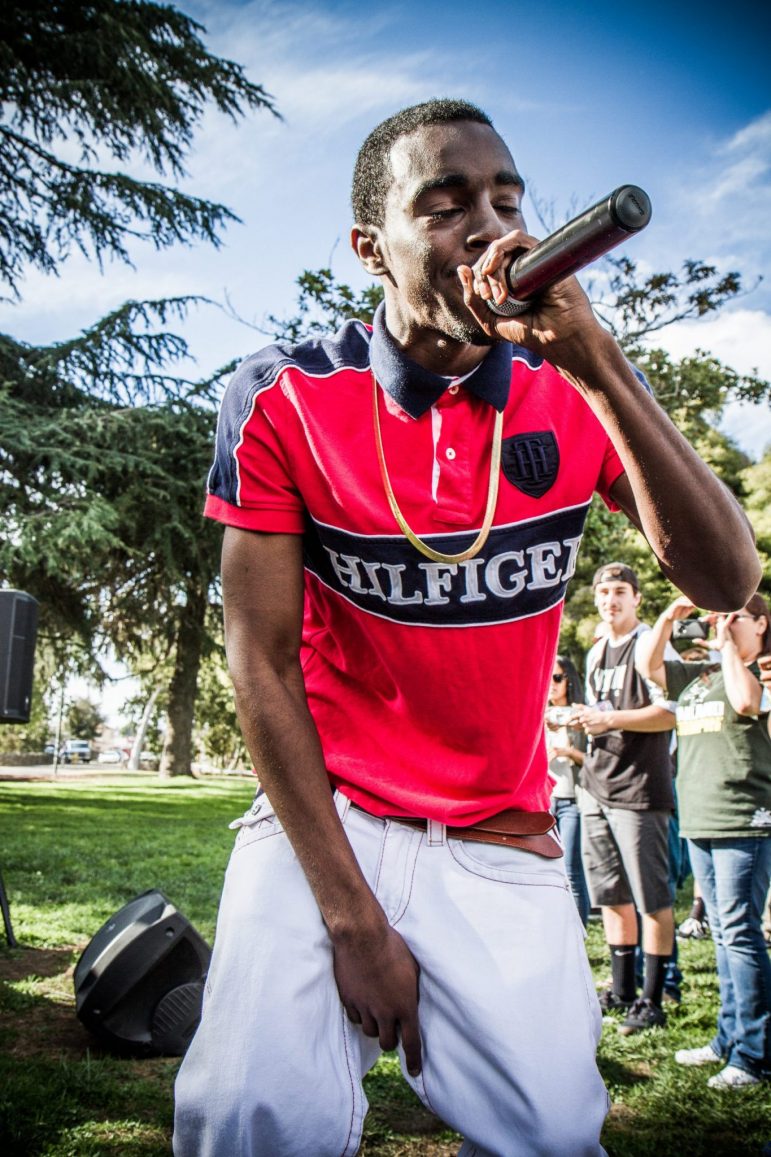
Through Beats Rhymes and Life’s multi-faceted mentoring and therapy programming, youth participants are provided an outlet to address mental health issues and trauma through writing, producing and performing their own song. 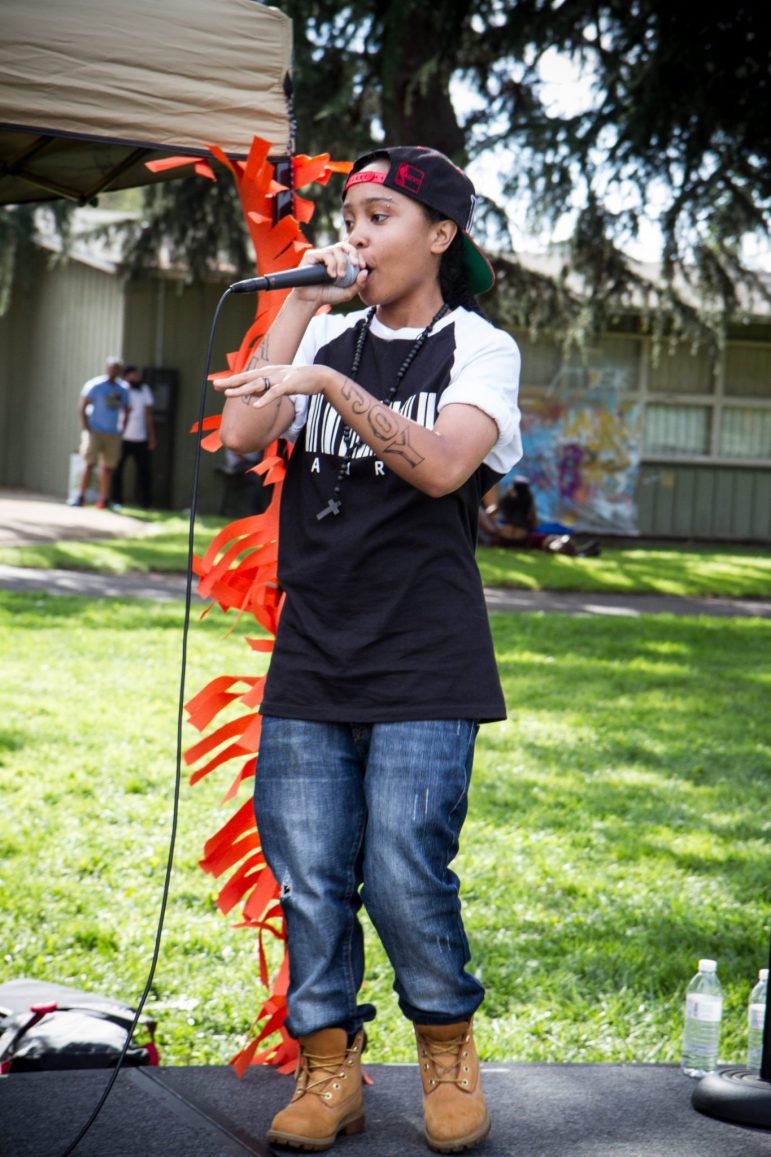
(Photos courtesy of Beats Rhymes and Life)
BRL now works all over the Bay Area, meeting the youth where they’re at, be it school, a center, a home or within the justice system. One location is Shop 55 Wellness Center, a health and wellness center part of Oakland High School. The center’s director, Rany Ath, has worked with Jackson for years, and appreciates the intimacy of the program for students and families who carry stigma about something being “wrong” with them.
“For full therapy with clinicians, it can take a month to onboard students. You can lose a lot of interest during that time. The parent knowing the child is receiving therapy also sets the tone,” Ath said, noting that a more approachable and accessible model like BRL helps bridge such skepticism.
Things were, all in all, going well. Then, the pandemic all but imploded onsite services, and BRL needed to respond swiftly with a virtual approach.
The switch to telehealth was less than ideal, with fewer students able to consistently access the internet and technology required. There were no studio sessions and no showcases.
But giving up on the kids? Never.
“We noticed an increase in anxiety and depression and suicidal ideation as a result of the isolation,” Jackson said. “But we did notice that the youth were very thankful to have a space to just feel some sense of normalcy. And in those moments, the curriculum is not important. What’s important is providing a safe space for the young people to be able to get through this.”
But the pandemic has also been transformative for Jackson. He’s altered his leadership style, providing more one-on-one time with his staff and prioritizing mental health services.
With summer break now upon the students of the Bay Area, it’s time to plan for the next cycle of Hip-Hop Therapy, BRL Academy and training programs, which can run up to 18 weeks.
After nearly two decades, Jackson sees an end in sight for him. He’s hoping to pass his role on to the next BRL executive director in the next ten years or so, and he’s emphatic that it will be a woman of color.
Of course, there’s still a lot of work to be done in the meantime. The pandemic has stalled the expansion of BRL curriculum to other cities and states, but there are talks to establish sister programs in Boston, Mass., and, hopefully, Utah; as well as incorporating virtual reality and artificial intelligence elements, but it’s still early. For now, the energy remains on the kids and the future.
“I don’t care about the accolades, about all the ‘whoo-ha’ and the grandiose stuff about what we are,” Jackson said. “Are we helping kids transform? That’s all I care about. And if we’re doing that, the rest of it will take care of it. We can’t take our eye off of what our goal is: to help young people become acclimated to a healthy life. That’s what we do. That’s what the focus is.”
